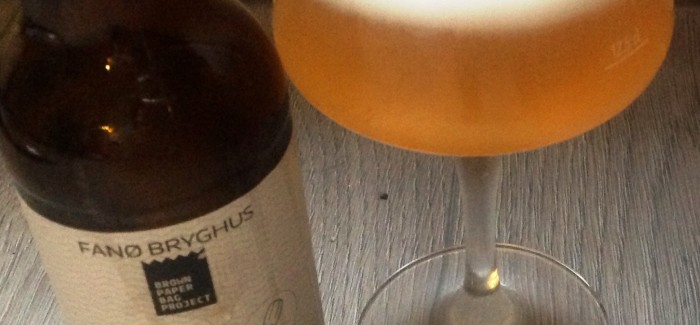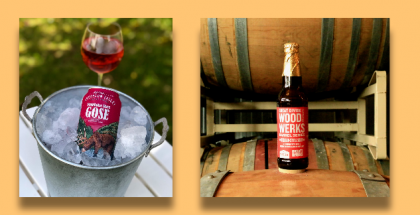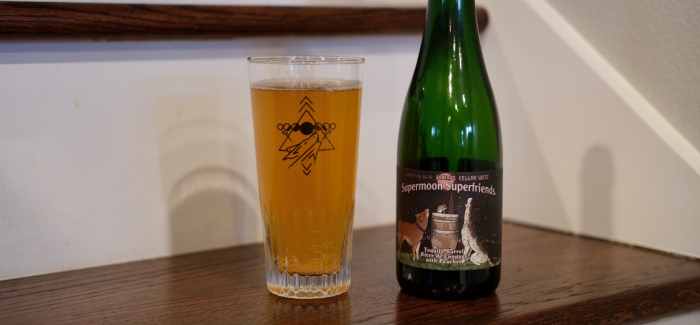Gøse – Fanø Bryghus and Brown Paper Bag Project
ABV 5.5%
A few years ago, in the French region of Brittany, I had a beer that took me by surprise: the label said it was brewed with sea salt. I hadn’t yet heard of gøse and the beer had a salinity and fullness that was new to me. I forgot the name and spent several years trying to track down salty beer. On a brewery tour in Seattle I piped up and asked the head brewer if he’d ever heard of such a thing—he looked at me like I was crazy. Of course I wasn’t; I’d just asked several years before the sour beer frenzy hit the States.
Because there are in fact beers brewed with salt, most notably the sour gøse, originally from the town of Gosler in Germany. This traditional style, spiced with salt and coriander and thought to have first appeared around 1000 AD, nearly died out in the 20th century. Thankfully, a few German breweries resurrected it in the 1980s, and now more than a handful of American breweries are experimenting with the standard recipe to come up with a whole new breed of twangy tart gøse.
Over here in Europe, Danish brewery Fanø Bryghus and Brown Paper Bag Project, led by an itinerant Irish brewer, have come up with their own spin on the sour brew. I imagine the US varieties are bolder and more daring, but this is a great introduction to the style. It pours a lovely sunshine yellow and a bright, clean tartness wafts off the foamy head, letting you know you’re in sour beer territory. It’s not as rustic and “organic” as a Cantillon lambic, which is why I think it makes a good gateway beer for those who find Cantillon too intense, but would still like to experience sourness in beer.
Brewed following the traditional gøse recipe and using a sour mash, Danish and Irish sea salt give a pleasant salinity that takes the edge off the bright lactic sourness. For me, this beer is more about texture and sensation than bold flavor. There’s already a lot going on with the razor-sharp carbonation and tongue-swaddling salinity, so it doesn’t bother me that the flavor stays clean and simple. It lets you appreciate the novelty of the rest, though if you’re after really intense twang and puckering sourness, you’ll be a bit disappointed.
As for the best time to drink this beer, the German nickname for gøse—Sonnenschirm (sunshade)—says it all. This would make a dreamy summer beer. Goseanna! (Cheers!)







Submit a Comment